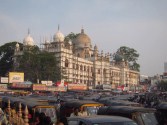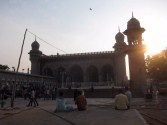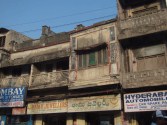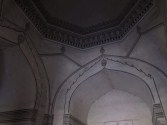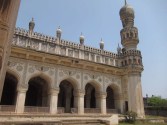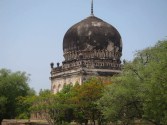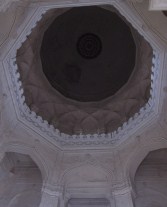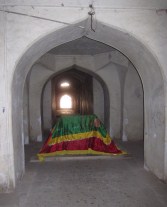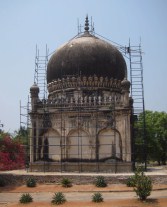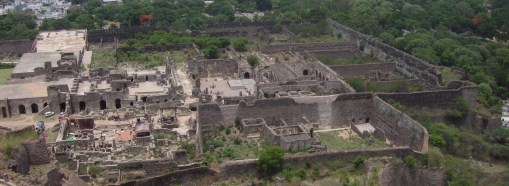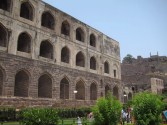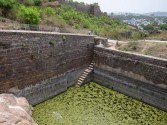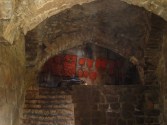
www . DanYEY . co . uk
| Archive : India |
What a curious experience to visit India - like an ancient Roman visiting the ruins of his own civilisation, hearing the vulgar Latin of the locals, noting the vanished statues, the decaying public buildings, while all else is indisputably foreign: we are a long way from Europe.
Bombay (मुंबई, Mumbai) was built on seven islands forming a bay (bom baim, from Portuguese). The city began growing after control of the islands was passed to the English crown in 1661 (via Catherine Of Braganza's dowry) and land reclamation took place on a large scale, leading to what is today India's biggest metropolis (and one of the biggest in the world).
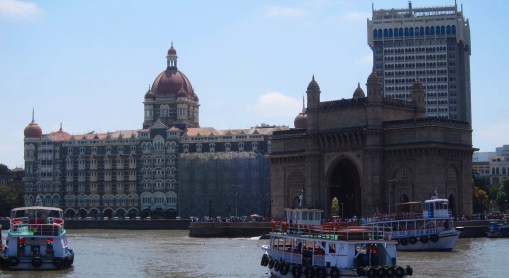 | ||
 |
 |
|
 |
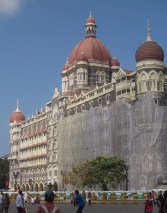 |
 |
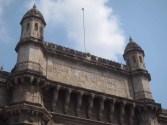 |
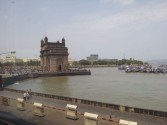 |
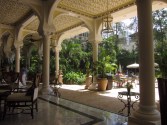 |
| The Gateway Of India commemorates the arrival of King George V on his way to be crowned emperor at the Delhi Durbar. The adjacent Taj Mahal Palace Hotel is one of the great hotels of the world, commissioned by Jamsetji Tata (founder of one of India's largest companies). | ||
 |
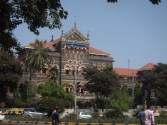 |
 |
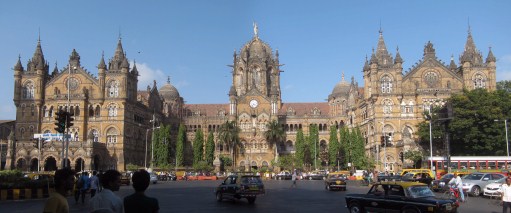 | ||
 |
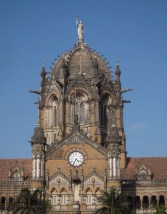 |
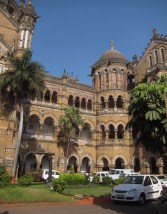 |
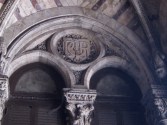 |
 |
 |
| Victoria Terminus (Chhatrapati Shivaji Terminus) was built by Frederick W. Stevens for the Great Indian Peninsula Railway (now Central Railway) in 1887, the year of Queen Victoria's golden jubilee. The architect was likely inspired by St. Pancras in London. | ||
 |
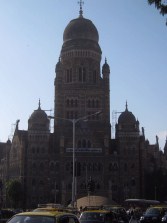 |
 |
 |
 |
 |
 |
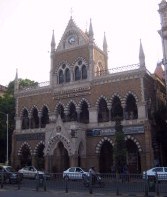 |
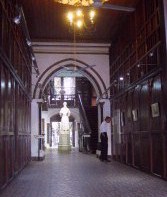 |
 |
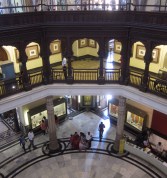 |
|
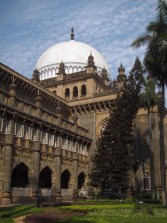 |
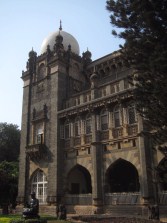 |
 |
 |
 |
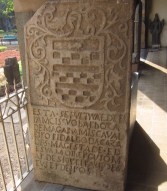 |
 | ||
| A line of great gothic edifices surrounds youths playing cricket on the Oval. The plan to transform Bombay - as Urbs Prima In Indis - into a gothic city was initiated in 1862 by Sir Bartle Frere, Governor of Bombay, after demolition of the ramparts of the old fortress. The university buildings were designed by Sir George Gilbert Scott and financed by Sir Cowasji Jehangir Readymoney, a Parsi philanthropist (he also commissioned a fountain in Regent's Park). | ||
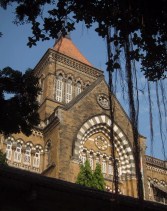 |
 |
 |
 |
 |
 |
 |
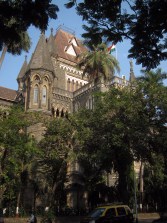 |
 |
 |
 |
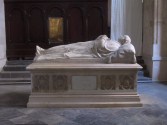 |
 |
 |
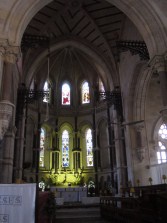 |
 |
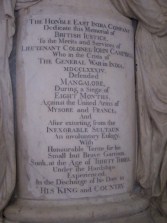 |
 |
| Bombay Cathedral dates in part to 1718, while the more purely gothic apse by James Trubshawe dates to 1865 (the end of the cotton boom prevented a complete rebuild). The Afghan Memorial Church (St. John's) was the first gothic building in Bombay (by Henry Conybeare with elements designed by Butterfield), and commemorates the British losses in Afghanistan and Sindh (Pakistan) in the 1840s. | ||
 |
 |
 |
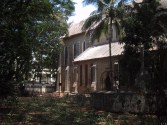 |
 |
 |
 | ||
 |
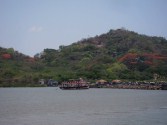 |
 |
 |
 |
 |
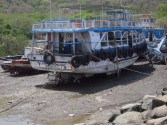 |
 |
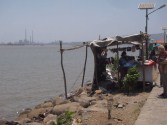 |
| Elephanta Island, situated in the bay, is named after a large carved elephant discovered there (by the Portuguese). Cut into the hillside are a number of ancient Hindu and Buddhist cave temples. | ||
 |
 |
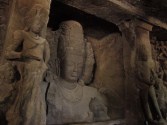 |
 |
 |
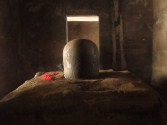 |
 |
 |
 |
 |
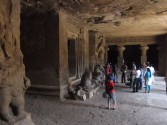 |
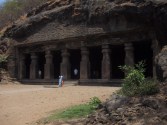 |
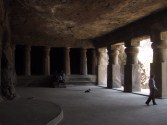 |
 |
 |
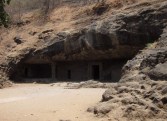 |
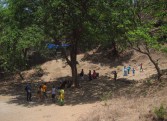 |
 |
 | ||
One immediately feels a cultural shift on arrival in Hyderabad (हैदराबाद), as big as any difference between the countries of Europe. No longer are the buildings British; they are Islamic. No longer are the people Hindu; they are Muslim.

